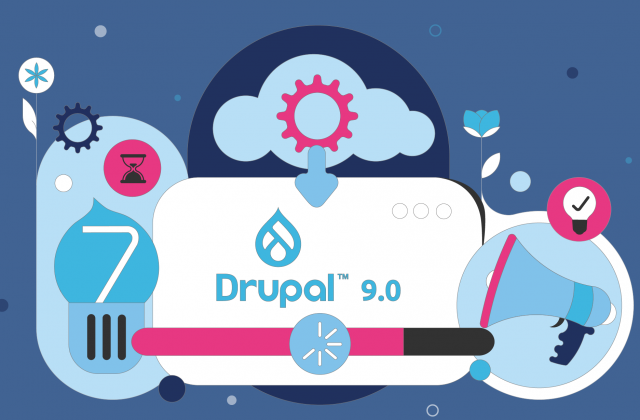Software as a Service (SaaS) has been around for some time. However, the technology to capitalise on its massive potential is only just becoming affordable and commonplace. Consequently, it’s no surprise that many businesses and service providers are now keen to explore the wealth of opportunity offered by SaaS practices.
SaaS is a model of software delivery that rivals the traditional system of selling software packages and support to individual clients on a one-to-one basis. The key to SaaS is a one-to-many business model that provides web-native packages for multiple clients simultaneously.
In short, the software is developed and hosted by the service provider which charges clients to use, rather than own, the programmes in question.
With the advancements in processor speeds, broadband availability, and internet security seen over the past few years, SaaS is rapidly becoming a very cost-effective and practical option for businesses of all sizes. Those choosing to switch to SaaS systems are finding there are considerable rewards for doing so.
Due to being centrally hosted the software is always up-do-date, negating the need for clients to sacrifice productivity in order to manage patching and updates independently. Also as the business model works on a pay-as-you-go concept, clients have much greater flexibility if they choose to change the nature of their operation or wish to switch providers. IT budgets can be significantly reduced as money can simply be transfered from one SaaS provider to another, rather than buying multiple packages.
For small business this can remove a great deal of the obstacles to incorporating IT into their operations (due to not having a great margin for investment and re-investment purposes). In the case of large-scale businesses the potential savings are proportionally considerable, thereby ensuring SaaS has total market appeal.
IDC predicts that SaaS spending will exceed $10.7 billion by 2009, and that by 2010 roughly 30% of software will be delivered using a SaaS model. A few months ago Gartner estimated that by the end of 2011 the market will be worth a staggering $19.3b.
The flexibility inherent to SaaS concepts could also prove the crucial factor for highly mobile businesses. SaaS packages are moving towards total compatibility with a range of hand-held devices, offering the possibility to access important operational software outside the office. For many businesses this could mark a huge logistical money-saver.
The incentives for service providers are equally attractive. The strengths of the one-to-many business model mean that support costs are drastically lower (though clients do still receive some individual tailored support). In addition developers do not have to worry about the annoyance of piracy – though this is only really a concern relating to very small businesses using unlicensed copies of software packages.
The potential for SaaS principles to be integrated into the gaming industry is another aspect of its wide appeal. When it comes to multi-player online games especially the benefits to the customer could be huge. Imagine for example being able to play World of Warcraft from a hand-held platform, as well as on a desktop PC, having paid for a standard license to use the software – rather than a specific platform-tied copy of the game (obviously this requires quite a degree of technological standardisation across multiple platforms, but this not so massively far-fetched these days).
The online SaaS community already features some leading focal points. SaaS-Showplace is a handy starting point for businesses lookig to find SaaS providers and programmes, and for developers seeking clients, while SaaS.com is a well-designed resource centre for information and contacts.
These hubs of activity all indicate the breadth of possibilities that SaaS offers. It is the ideal model, in terms of software provision, to the diversity of Web 2.0. Its potential to meet the needs of users in the current web climate is far greater than that of previous software delivery systems, and no doubt it can only be a matter of time before SaaS becomes the norm across the whole software provision sector.
Dejan Levi



